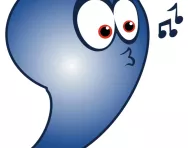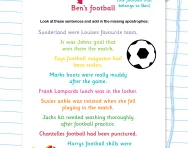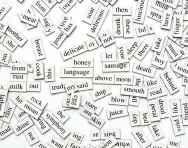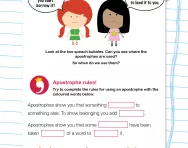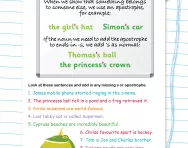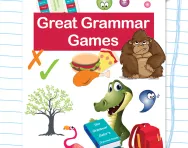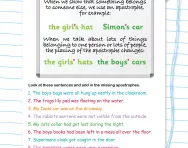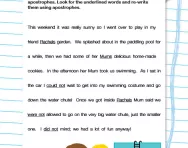TheSchoolRun.com closure date
As we informed you a few months ago, TheSchoolRun has had to make the difficult decision to close due to financial pressures and the company has now ceased trading. We had hoped to keep our content available through a partnership with another educational provider, but this provider has since withdrawn from the agreement.
As a result, we now have to permanently close TheSchoolRun.com. However, to give subscribers time to download any content they’d like to keep, we will keep the website open until 31st July 2025. After this date, the site will be taken down and there will be no further access to any resources. We strongly encourage you to download and save any resources you think you may want to use in the future.
In particular, we suggest downloading:
- Learning packs
- All the worksheets from the 11+ programme, if you are following this with your child
- Complete Learning Journey programmes (the packs below include all 40 worksheets for each programme)
You should already have received 16 primary school eBooks (worth £108.84) to download and keep. If you haven’t received these, please contact us at [email protected] before 31st July 2025, and we will send them to you.
We are very sorry that there is no way to continue offering access to resources and sincerely apologise for the inconvenience caused.
Apostrophes – get them right every time
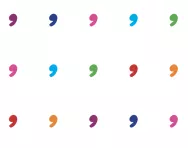
No punctuation mark causes as much confusion as the apostrophe. Even adults who pride themselves on having good grammar and punctuation will often be found adding in a stray apostrophe.
Likewise, it’s the punctuation mark which gets experts the most rattled. Its misuse has led to the creation of groups such as The Apostrophe Protection Society and has resulted in the creation of the term ‘greengrocer's apostrophe’. Why grocers? Well, this relates to the fact that greengrocers have become well known for their misuse of apostrophes. Google the term and you will find photographic evidence of ‘banana’s’ and ‘strawberry’s’ being advertised erroneously. And the term has stuck.
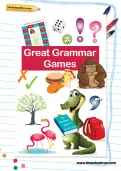
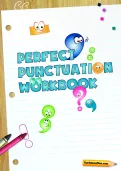
Download Fantastic FREE Grammar Resources!
- Perfect Punctuation Workbook
- Grammar Games Pack
- PLUS 100s of other grammar resources
Really apostrophe rules are quite simple, though and, if followed, the chance of making a faux pas is virtually nil. So here’s everything you need to know...
Why are apostrophes used?
An apostrophe is used for one of two reasons:
- To signify possession (the dog’s tail, the boy’s trousers). When the owners of the item are plural, the apostrophe goes AFTER the plural s (the dogs' tails, the boys' trousers).
- To show that a letter has been omitted – so can’t (instead of cannot), don’t (instead of do not)
Apostrophes are never used to indicate plurals, so you would write ‘two skirts’, not ‘two skirt’s’, and ‘all my books’ not ‘all my book’s’.
Admittedly the first rule causes more confusion than the second. If you can remember one rule about apostrophes, remember: ‘Possession not plural’.
Make this your mantra for apostrophes and it will make it much easier to remember when to use one and when not to.
How to remember where the apostrophe goes
Children tend to remember when an apostrophe is needed but forget where it goes, making errors such as ‘is’nt’, ‘are’nt’. They have grasped the concept but not the reason for it.
Remind them that the apostrophe goes instead of the missing letter, as this will help them work out where to place it. This is particularly useful for avoiding mixing up ‘it’s’ and the pronoun ‘its’.
It's and its
It's means it is. The apostrophe is used to show that a letter is missing (it is).
Its is a possessive pronoun and means 'belonging to it' ('the dog ran after its tail').
